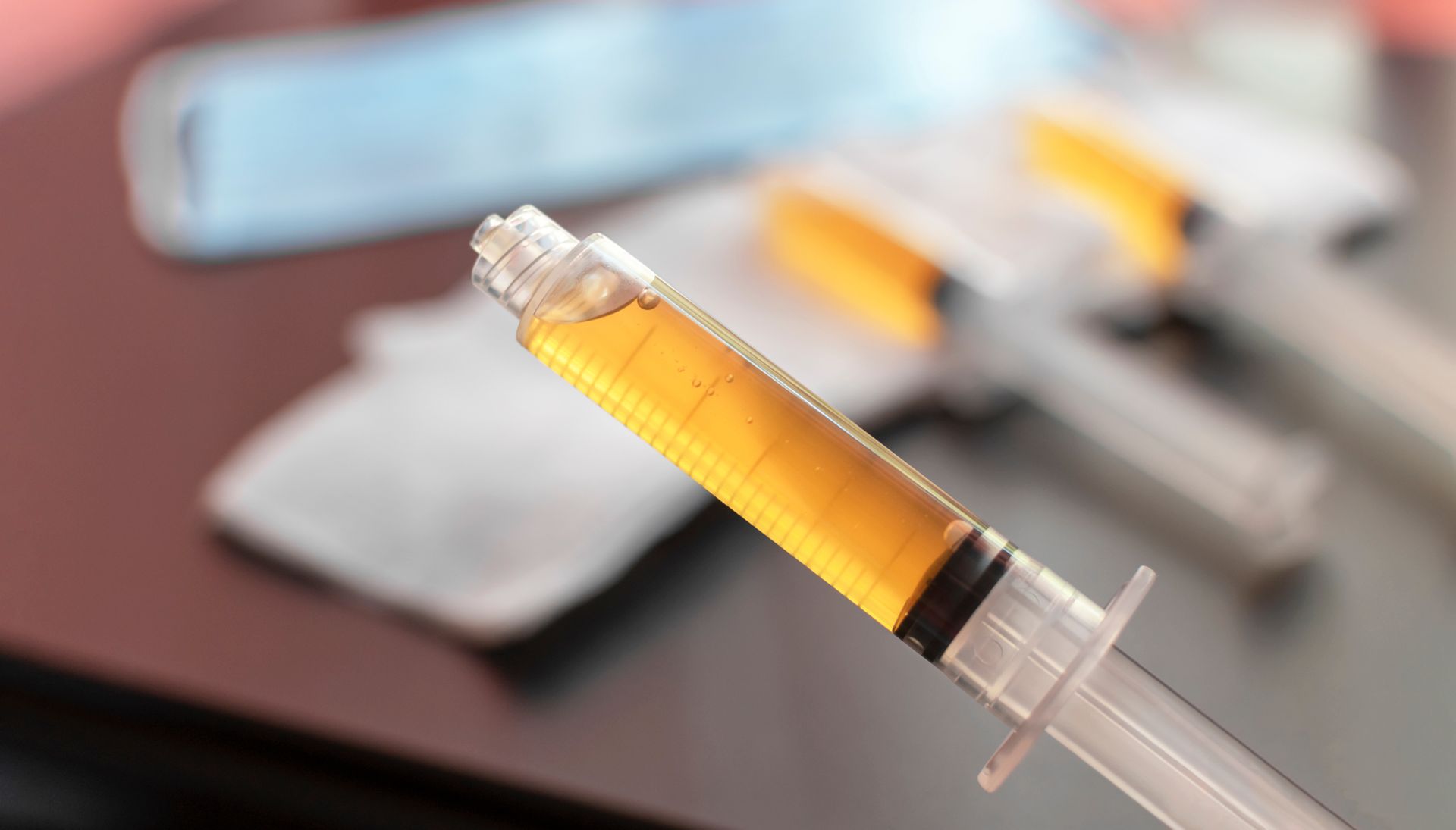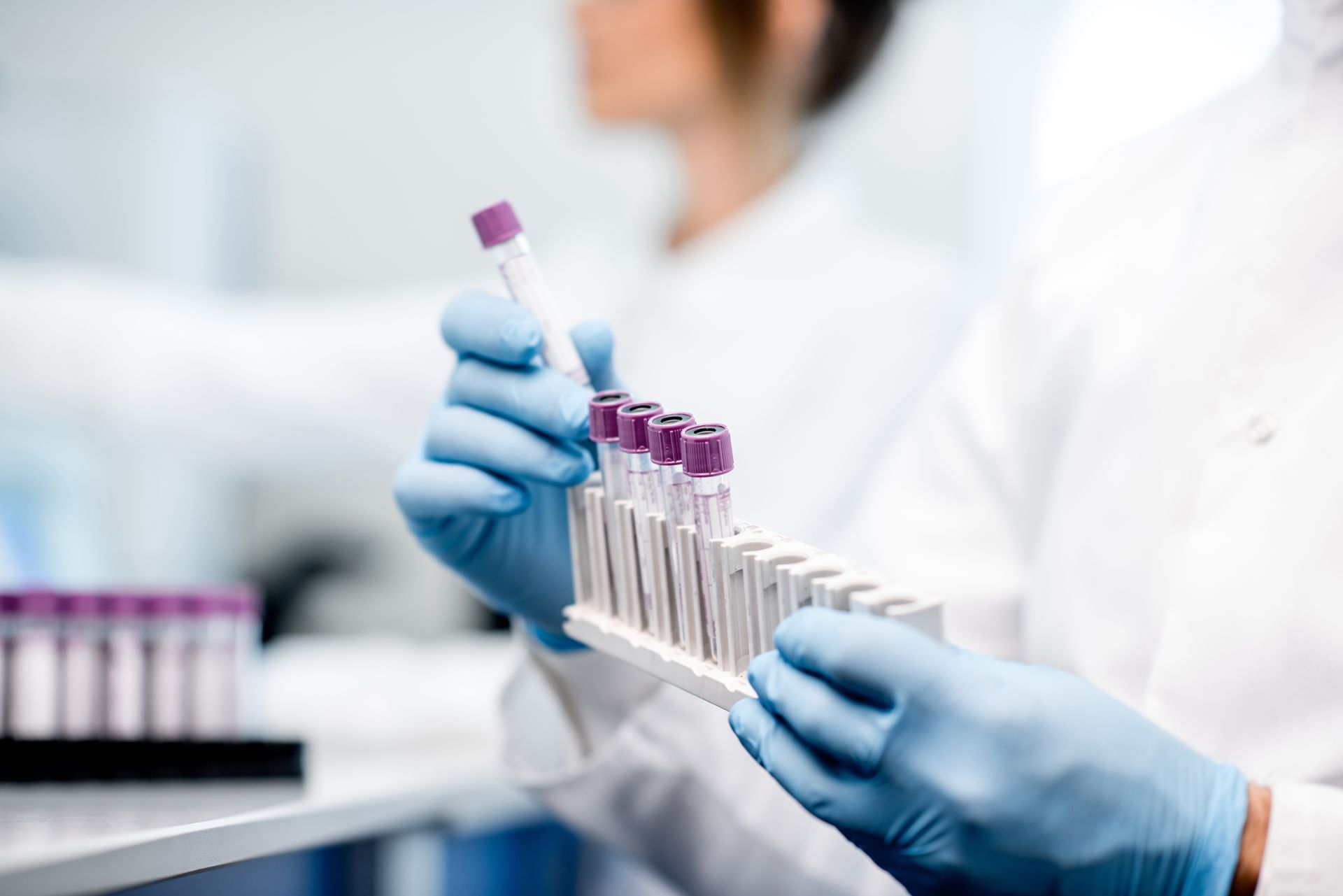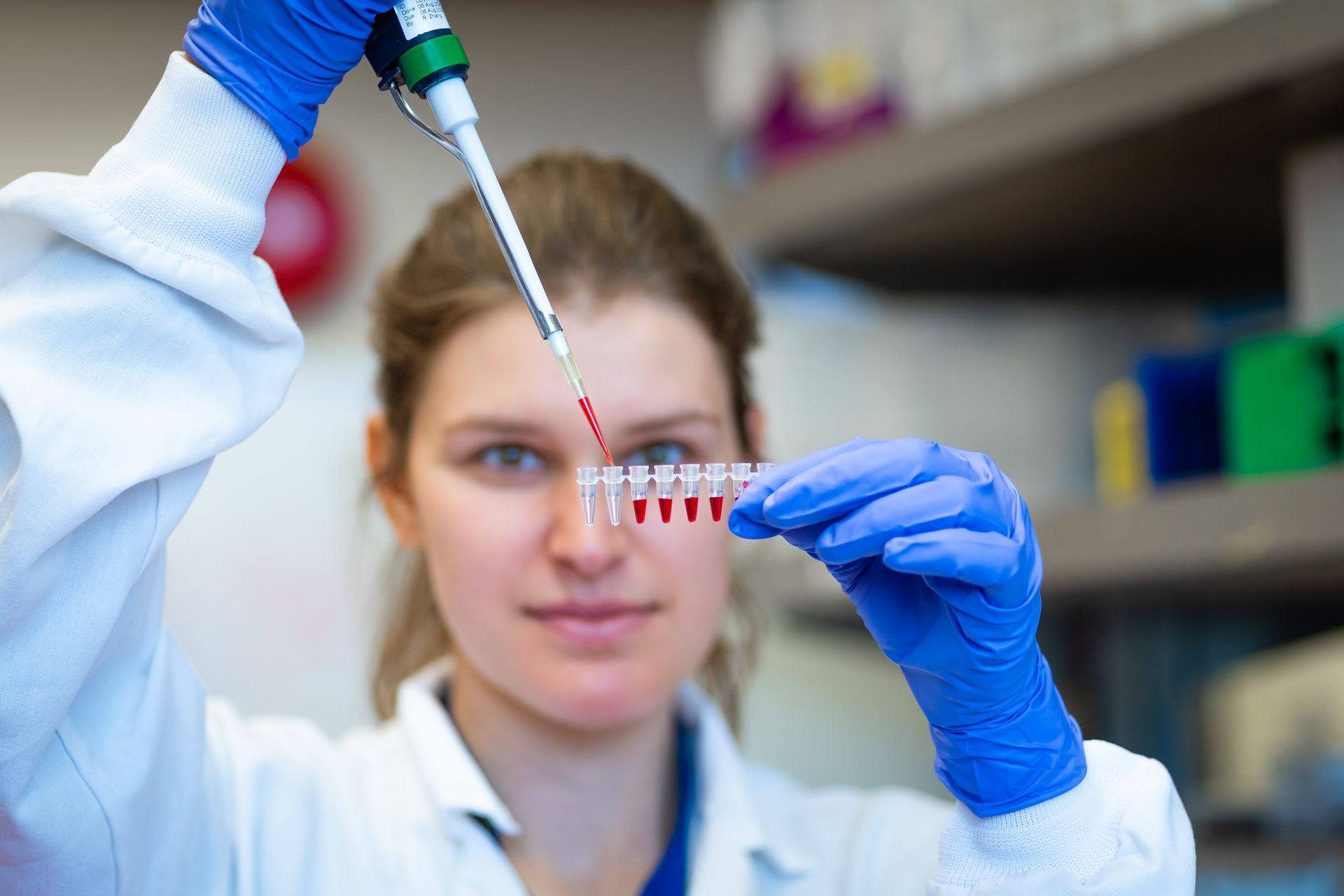How is PRF Different From PRP in Regenerative Medicine?
Regenerative medicine has emerged as a revolutionary field in healthcare, offering solutions for treating various medical conditions by harnessing the body's natural healing abilities. Platelet-rich plasma (PRP) and platelet-rich fibrin (PRF) are two popular treatments within regenerative medicine that have gained widespread attention for their potential to accelerate tissue regeneration and repair injuries.
However, despite their similar-sounding names, PRF and PRP differ significantly in terms of composition, preparation process, and therapeutic effects. In this blog, we discuss these two therapies to provide a comprehensive understanding of PRF vs. PRP in regenerative medicine. From exploring the biological mechanisms behind each treatment to analyzing their clinical applications and efficacy, we aim to shed light on how these cutting-edge therapies can benefit patients seeking innovative alternatives for managing their health concerns.
The Key Differences of the Composition of PRF vs PRP
Platelet-rich fibrin (PRF) and platelet-rich plasma (PRP) are both derived from the patient's own blood, but they have distinct differences in composition. PRF is a second-generation platelet concentrate that contains a higher concentration of growth factors compared to PRP. This is because PRF is a fibrin matrix enriched with platelets, leukocytes, and growth factors.
On the other hand, PRP mainly consists of concentrated platelets suspended in plasma. While PRP is effective in promoting healing and tissue repair, it lacks the white blood cells and fibrin present in PRF, which are essential for wound healing and immune response regulation. Understanding these differences can help healthcare providers determine which treatment option is best suited for each individual patient based on their specific needs and desired outcomes.
How PRF Differs from PRP During the Preparation Process
PRF: Platelet-Rich Fibrin (PRF) involves a more natural way of preparing the regenerative material. The blood sample is spun at a lower speed compared to PRP, allowing for the separation of platelets and growth factors without the need for anticoagulants. This method results in a higher concentration of platelets but may also lead to increased levels of white blood cells.
PRP: Platelet-Rich Plasma (PRP), on the other hand, requires the addition of anticoagulants to prevent clotting during centrifugation. It contains a higher concentration of platelets compared to whole blood, but still has a substantial amount of liquid plasma and other components (like white blood cells, red blood cells, and fibrinogen).
Both techniques aim to harness the body's healing capabilities by using patient-derived components. However, PRF's slower spinning process is believed to produce a scaffold-like matrix that can stimulate tissue regeneration more effectively than PRP.
The Therapeutic Benefits of PRF over PRP
- Platelet-rich fibrin (PRF) offers longer-lasting therapeutic effects compared to platelet-rich plasma (PRP).
- Studies have shown that PRF contains higher concentrations of growth factors and cytokines, which contribute to improved tissue regeneration and wound healing.
- The slow release of these bioactive compounds from PRF leads to sustained benefits over an extended period, making it a more effective treatment option for regenerative purposes.
In comparison:
- Platelet-rich plasma (PRP) provides immediate but shorter-lived benefits due to its rapid release of growth factors.
- While both PRF and PRP promote tissue repair, the sustained release of growth factors in PRF results in improved healing outcomes.
Clinical Applications of PRF and PRP in Regenerative Medicine
Platelet-Rich Fibrin (PRF) delivers a more sustained release of growth factors compared to Platelet-Rich Plasma (PRP). This prolonged release fosters tissue regeneration over an extended period, promoting long-term healing. In contrast, PRP provides a higher concentration of growth factors initially but lacks the sustained release that PRF offers.
PRP is commonly used in acute injuries and conditions requiring immediate tissue repair, thanks to its rapid delivery of growth factors. On the other hand, PRF shines in chronic wound healing and cases where long-lasting stimulation for tissue regeneration is necessary. Understanding these distinctions helps healthcare providers tailor regenerative treatments to meet individual patient needs effectively.
Let P4 Biologix Provide Regenerative Medicine Solutions
At P4 Biologix, you’re backed by over 70 years of expertise in customer service and cutting-edge regenerative medicine. Specializing in advanced PRF and PRP solutions, we’re dedicated to partnering with healthcare professionals to enhance patient healing and deliver reliable, research-driven therapies. Let us help you unlock the future of regenerative medicine with precision and care.
With this advanced technology, you can elevate patient outcomes across orthopedics, aesthetics, and regenerative medicine. PRF enhances the benefits of traditional PRP and releases growth factors, supporting extended healing and tissue regeneration. Whether you're aiming to accelerate recovery from injuries, rejuvenate skin, or support hair restoration, P4 Biologix’s regenerative solutions offer a natural, effective approach for improved results and sustained patient satisfaction. Contact us today to learn more about the different treatment options for your patients.



STay Up to date
Subscribe To
Our Newsletter
Have Questions?

Our Products
All Rights Reserved | P4 Biologix
All Rights Reserved | P4 Biologix


